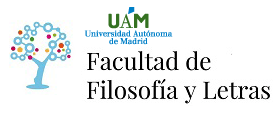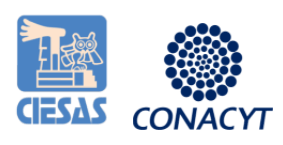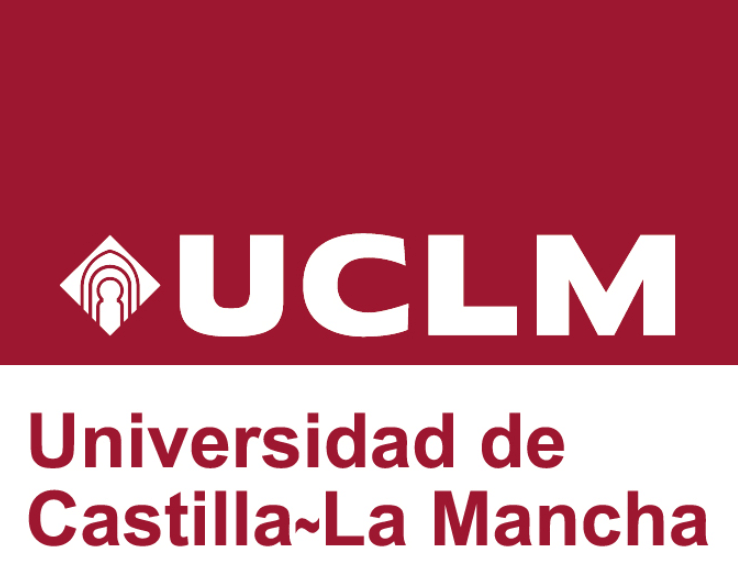AMONG “PREDATORS”: RELATIONSHIPS AND CONSERVATION APROPOS OF IBERIAN LYNX REINTRODUCTION.
Iberian Lynx is an emblematic species which has attracted considerable efforts towards the recovery of habitats and prey in Iberia. In the context of a transnational conservation project, the reintroduction of animals to the wild has started and an understanding of the attitude of local people is required as one of the factors to consider. An ethnological study started in 2012 in a potential lynx area of southern Portugal aiming to explore local perceptions on the return of the species and local relationships with predators and nature, integrated in present practices and global economic processes. The area is sparsely populated and characterized by a political history of large properties served by a majority population of rural workers. 90 semi-structured interviews were conducted, observation of local practices, administration meetings and informal conversations were also registered. Results indicate an easy identification of the lynx by the informants as well as a recognition of its conservation as a current local theme, contested and discussed. Reintroduction has been appropriated by certain groups, mediatized and the process is seen as being imposed by the central administration. Opinions concerning the reintroduction of lynxes in the region are mainly conditioned to economic compensation, a guarantee of wild rabbit abundance, or the demand of no hunting restrictions. Dominant neoliberal discourse is adopted and the logic of mercantilization of nature is present. However, the chance of saving the species, to contribute to an ecological equilibrium and moral values are also reasons put forward by local informants for accepting the species. We will further explore how these data contribute to contemporary debates as an ethnoecological case study in a western context. The experience of integrating a conservation project are also an example of interdisciplinarity and applied anthropology in an advisory process of bringing local people and decision makers together.
(*)El autor o autora no ha asociado ningún archivo a este artículo









